Tata Hexa vs Mahindra XUV500 comparison
The Tata and Mahindra turf war enters a new chapter and things are more upmarket than ever before. We line up the tough new Hexa alongside the XUV500.
Published on Feb 24, 2017 06:00:00 AM
23,843 Views
Follow us on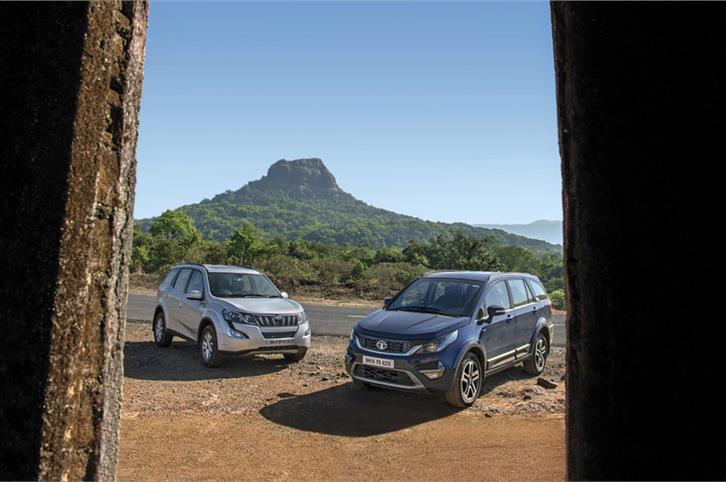
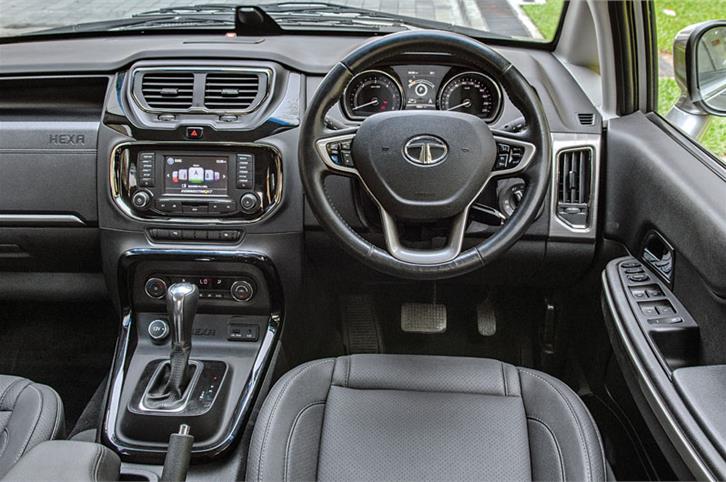


Both SUVs’ middle rows split, recline, fold and tumble for convenience, but when it comes to accessing the third row, the XUV500 has an edge, as it’s lower to the ground and there’s more room to wiggle yourself through. Owing to its huge rear wheel arches that eat into the door area, clambering into the back of the Hexa is quite a task, but once you’re there, again, it’s these seats made with materials used in European luxury cars that feel plusher. There’s no great space advantage in either car; you can free up a bit more knee room in both by adjusting the middle row’s backrest angle, but just the shape of the seating area and the softer cushions make the Tata’s third row the nicer place to be in.
In the luggage department, it’s really no contest. The XUV500 with all its rows up has almost no boot space to speak of, and you’d be lucky to get even one small soft bag in, whereas in the Hexa, you can easily fit a medium-size suitcase, once you’ve hauled it over the rather tall loading lip. And how does the Mahindra claw back an advantage? Equipment. Sure, the Tata has got goodies like a 10-speaker JBL sound system and a USB charging point for the second row, but its touchscreen is small and not very responsive. The XUV’s larger updated touchscreen is slick – a huge improvement on the first one – and packs in loads of features, including a detailed fuel computer and tyre-pressure monitoring. It’s also got a number of other equipment advantages like keyless entry and go, navigation, telescopic steering adjustment, a mild-hybrid system and, most of all, a sunroof.
Running the runway
Just as with the way they look, these two couldn’t be more different to drive, and that’s because they’re so differently constructed. In the Tata Corner, you have the company’s hydroformed ‘X2’ ladder-frame platform, armed with a longitudinally-placed engine and rear-biased 4x4. From Mahindra, you have a significantly lighter monocoque chassis with a transversely-mounted motor and front-biased AWD. What they have in common, on paper at least, is the use of 2.2-litre diesel engines and six-speed manual gearboxes. They both get automatic options too, but that’s a comparison for another time.
Tata’s latest ‘Varicor 400’ iteration of this motor punches out a meaty 156hp and 400Nm, which is a fair bit more than Mahindra’s 140hp and 330Nm, so of course, the Hexa is quicker, right? Wrong. Owing mostly to its immense, near-2.3-tonne weight (almost 500kg more than the XUV), the Tata is almost 2sec slower to 100kph than the Mahindra, and at 120kph, they’re a full 3.6sec apart! The other thing you have to consider is that the Hexa’s motor does all its work in the first half of its rev band, and then it’s best to shift up. The XUV’s motor, in comparison, is a lot freer revving, and you wouldn’t mind winding it open to its redline if you’re in a hurry. However, despite all that weight, the Tata Varicor 400’s ocean of torque and shorter gearing means it fares better in roll-on or in-gear acceleration, which helps in overtaking. Neither SUV is very refined, but the Tata comes out on top, not just on engine noise, but overall insulation as well; road and wind noise are far better shut out.
Both cars make for great highway cruisers with their tall sixth gears and pretty solid road manners (the Hexa feels better planted at high speeds), but the differences really show in town, or on a mountain road. You can feel every one of the Hexa’s kilogrammes thanks to its heavy hydraulic steering that makes U-turns a lot of work. Then there’s the heavy gearshift, which has a wide gate and doesn’t slot in easily, and that’s after you’ve gotten past the clutch which feels heavy and not at all progressive. This ‘step’ in the clutch pedal’s travel means it’s hard to get off the line smoothly and making progress at crawling speeds is a jerky affair, although selecting the available ‘Dynamic’ mode unique to the Tata helps this a bit. The Mahindra isn’t perfect either, with a slightly clunky gearshift of its own, but at least the shift action is light. Also light is the electric power steering, which makes it so much easier to manoeuvre in traffic.
Introduce the prospect of a mountain road and things get a bit more complex. The XUV500’s monocoque chassis, freer revving engine, lower centre of gravity and light steering initially seem like the recipe for a corner carver, but you soon realise that the steering is disconcertingly inconsistent in the way it weighs up. There’s a huge amount of torque steer too, so you can feel the steering fighting in your hands when powering out of corners, which means the XUV doesn’t steer into corners predictably. On the same stretch of road, the Hexa feels big, cumbersome, and top-heavy. However, the tyres offer up a lot of grip, and, combined with the more solid-feeling steering, it does at least give you a lot of confidence, if not excitement.
Where the Hexa really hits a home run, however, is ride quality. It manages to pummel out all manner of road imperfections at all speeds. The Mahindra can get a bit choppy at times, which you’ll feel the most in the third row, and it will crash over sharp bumps that the Tata will just sail over.
homegrown heroes
So it’s close. Very close. Ever since the Tiago, we’ve known Tata is onto something big with its upcoming wave of new models, and the Hexa really takes the brand into new, properly premium territory. That’s something Mahindra did too when it launched the XUV500, and that original formula has since been refined with great effect. The XUV500 doesn’t feel as well-built, and, in terms of comfort, it’s not quite as good as the Tata. Still, it does manage to outshine it in some crucial areas, like ease of driving, fuel efficiency and equipment.
Despite our plea at the start to forget the Aria, it’s the Hexa’s links to its past that let it down. Its weight and heavy steering make it cumbersome to drive in town, and foibles like the clutch and gearbox don’t help either. But where Tata has gotten things just right is on the all-important feel-good factor. What’s more, at Rs 17.49 lakh (ex-showroom, Delhi), the Hexa XT 4x4’s price just slips under the XUV500 W10 AWD’s by Rs 11,000, though it’s important to remember these prices are only introductory. The Hexa is more refined and superbly built with lots of detailing, and the interiors, especially the seats, are something for Tata to really be proud of. It scores high on space and comfort, and its tough underpinnings give it a go-anywhere ability. In a hotly contested segment where image, presence and premium feel play a very important role, these are the things that matter more, and that’s why the Hexa is our pick
Copyright (c) Autocar India. All rights reserved.

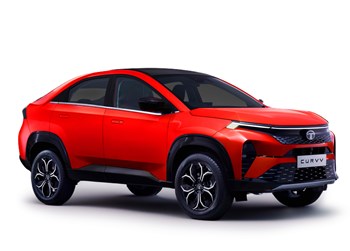
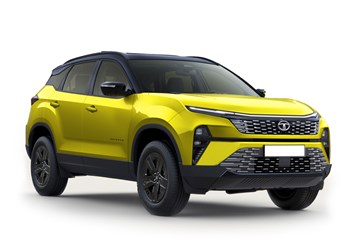
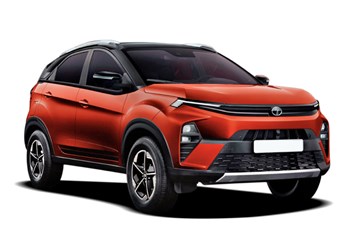

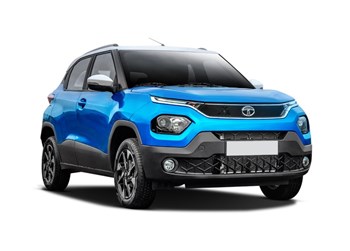

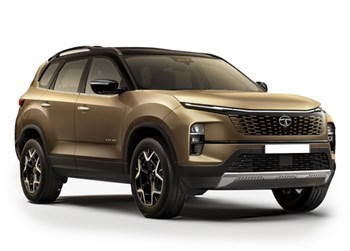

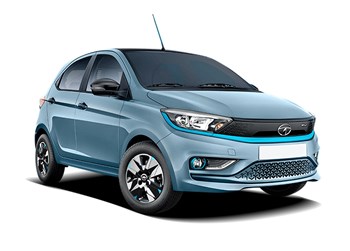

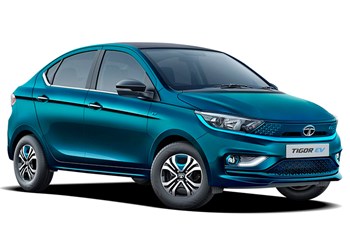


Comments
Member Login
Personal Details
No comments yet. Be the first to comment.